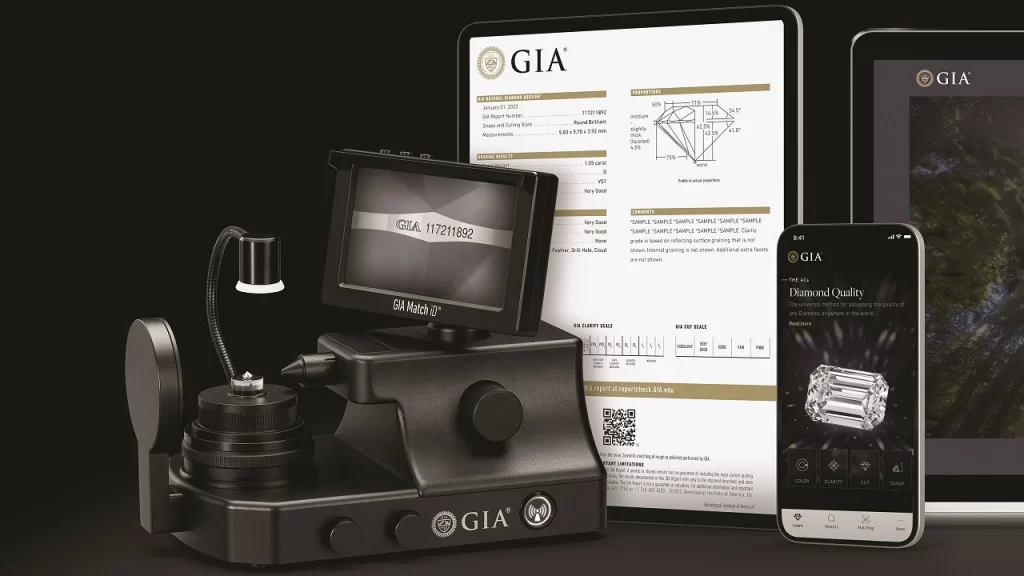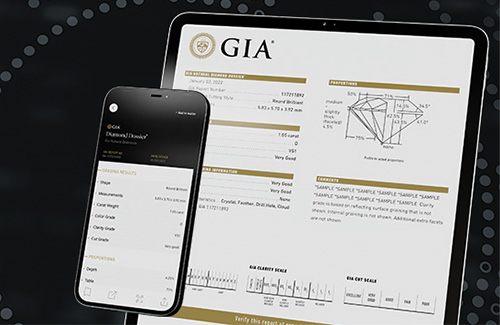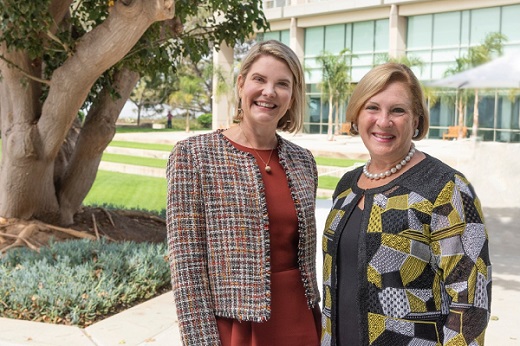
Diamond dealers and manufacturers have complained to the Gemological Institute of America (GIA) about its new paperless dossier reports, claiming they reduce security and are less popular among retailers.
The reports — available for 0.15- to 1.99-carat, D- to Z-color diamonds — have caused consternation in the industry since the GIA switched to digital-only versions at the beginning of this year.
GIA customers who submit a diamond receive the stone back in a small envelope that shows the key specifications and a unique QR code that links to an online report. Although the girdle gets inscribed, other people can easily copy the code and associate it with a different diamond, according to traders who spoke with Rapaport News in recent weeks.
Suppliers are also seeing pushback from retailers that are accustomed to selling diamonds and jewelry with physical certificates. Using the digital documents is especially difficult with mounted jewelry, an official in the Indian diamond industry noted, as reading the girdle is difficult or impossible.
“In January, they started doing this digital certification,” he told Rapaport News last week on condition of anonymity. “By now, some of the retailers are getting the stones and they’re having concerns, and customers are returning stones that don’t have a [paper] certificate.”
India’s Gem & Jewellery Export Promotion Council (GJEPC) and the Bharat Diamond Bourse (BDB) in Mumbai have raised the issue with the GIA. A representative of the GIA fielded questions from members at the Diamond Dealers Club in New York in a recent address, while delegates discussed the matter at the World Diamond Congress, the triennial meeting of the World Federation of Diamond Bourses (WFDB), which took place in Israel last week.
“Concerns were expressed as to the security of the digital certificates as well as the desire of retailers and consumers to receive a printed certificate,” a WFDB spokesperson told Rapaport News on Sunday. “It was discussed that for a certain period of time, the GIA might provide both digital and printed certificates to those who request them. The presidents of the bourses who participated in the congress asked the WFDB to present their concerns to the GIA.”
A GIA spokesperson said the organization had “heard from clients — manufacturers, brokers, dealers and retailers — about their concerns regarding the digital GIA diamond dossier reports and how integrating the digital reports into their processes could disrupt their businesses.”
“We appreciate the constructive feedback and are considering how we can best address their concerns within the context of our mission to protect consumers and ensure their trust in gems and jewelry.”
The switch to digital dossiers is part of a plan to make all GIA reports paperless by 2025.
Update, April 4, 2023: Information about a GIA visit to the Diamond Dealers Club in New York has been added to this story.
Source: Diamonds.net









